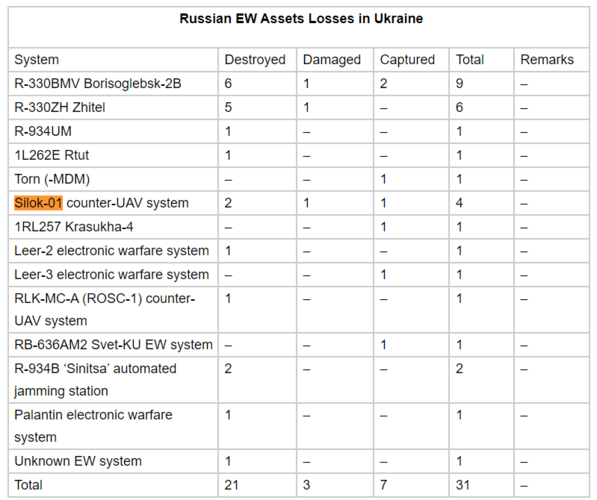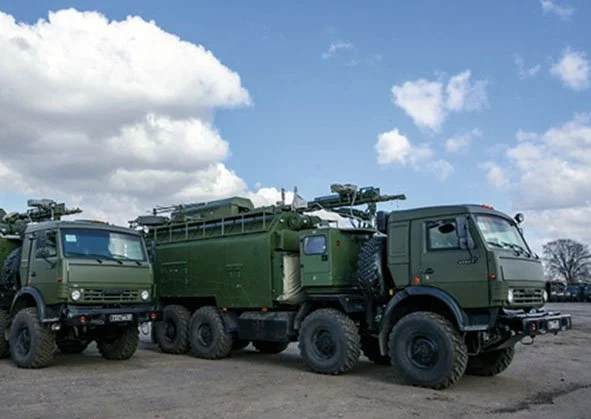jsport
what do you know about surfing Major? you're from-
- Joined
- 27 July 2011
- Messages
- 7,728
- Reaction score
- 5,743

Drones, jammers in Ukraine signal new era of warfare, Del Toro says
The U.S. Department of Defense is pouring billions of dollars into the development of drones, electronic warfare and a mix of the two.





























